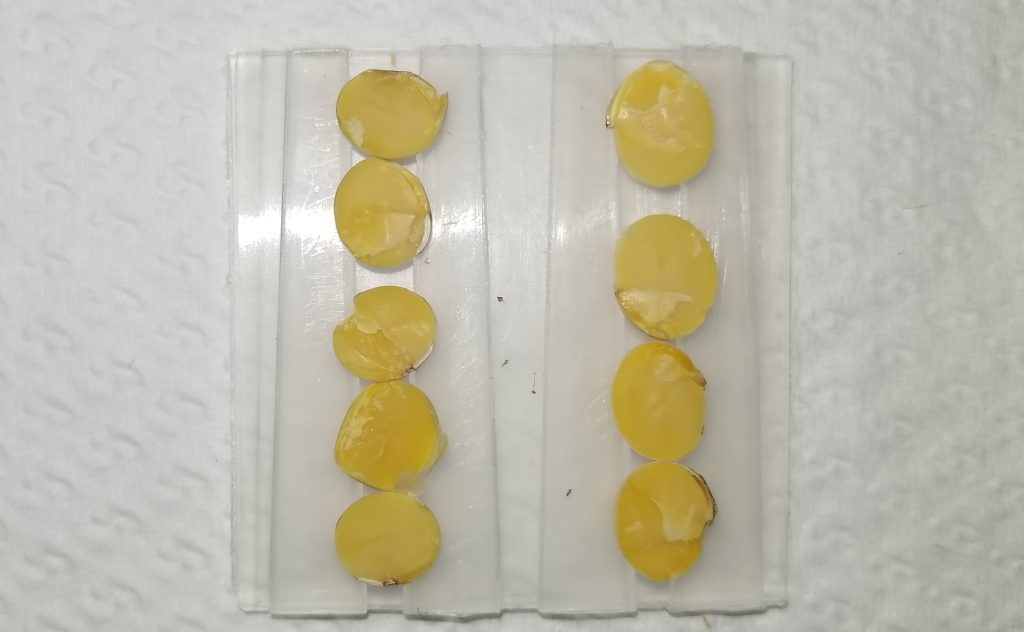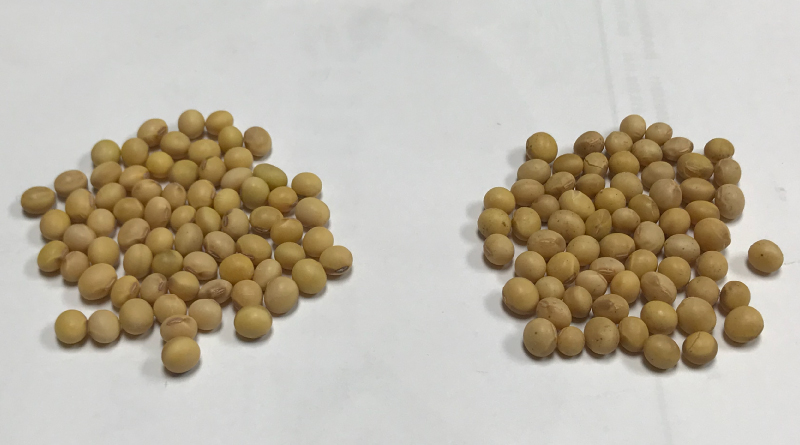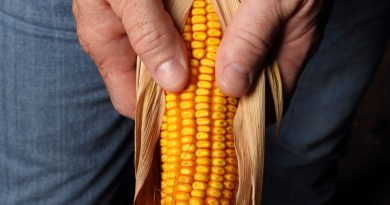Enlist E3 seed coat
Dana Harder, Field Agronomist
Soybean seed color can naturally vary in color, with wild types of soybean having black, brown, green and bi-color seed coats. Most commercially available varieties growers are familiar with have yellow seed coats with hilum colors ranging from white, tan and black. Seed color is primarily genetically determined, but environmental factors like planting date, soil type, moisture and temperature can influence it as well. Certain pathogens and viruses can also alter soybean seed appearance. It is important to note that the U.S. Federal Grain Inspection Service (FGIS) allows for seed coat variation. For soybeans receiving the U.S. No. 1 grade, it can have soybeans of other colors up to 1%. This threshold increases to 2% for soybeans receiving U.S. No. 2 grade.

Through the DONMARIO brand, we are proud to offer conventional, Enlist E3™ and Roundup Ready® 2 Xtend varieties. Yield performance within each system is excellent, giving growers the ability to choose the technology to best fit their farm. DONMARIO Roundup Ready 2 Xtend and conventional beans have a clean seed coat with a bright appearance under normal growing conditions. Enlist E3 soybeans can produce seed that is darker in appearance. There is no cause for alarm with this. The color variation is common with the Enlist E3 platform and is not tied to a specific variety. The variation appears as a light-brown band connecting the end of the hilum or can appear as a light-brown shadow on the sides of the hilum. It is important to note this color variation with Enlist soybeans is limited to the seed coat and does not radiate into the inner seed. When discoloration is present within the inner seed, it is likely attributed to physical damage and can be potentially subject to dock.

The cause for this color variation is a combination of isoflavone and iron in the seed coat of Enlist E3 soybeans. It is important to note this seed coat variation is not due to 2,4-D applications and can be visible in the absence of these applications. Both iron and isoflavones are compounds naturally prevalent in soybean seed coats and are not unique to the Enlist trait. Isoflavones possess anti-viral and anti-fungal properties to help defend the plant. From a seed composition perspective, there is no difference in overall isoflavone, iron, oil, protein and nutritional levels between Enlist and non-Enlist soybeans. Additionally, there is no difference in germination, emergence and whole plant appearance. Conditions that alter seed appearance in non-Enlist soybeans can influence Enlist soybeans as well. In some instances, color variation can be slight to darker based on growing season, geography, pod location on plant and seed location within pod.
The DONMARIO Enlist E3 soybean portfolio offers strong yield performance while also providing growers a valuable and much needed tool in combating glyphosate-resistant weeds. While seed color variation can be encountered, remember it is caused by compounds naturally occurring in all soybeans. Environmental factors naturally alter seed color and can similarly influence this color variation in Enlist soybeans. From our conversations with grain buyers, there is no concern regarding this variation. If you have questions concerning DONMARIO soybeans or seed color variation please contact your Burrus Representative.





